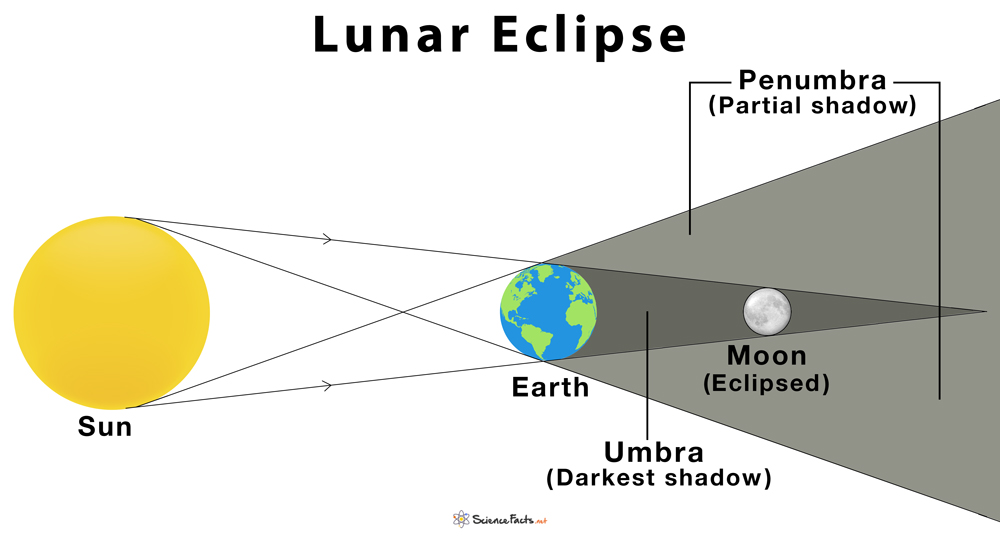
HOW OFTEN DOES A HYBRID SOLAR ECLIPSE HAPPEN? During a hybrid solar eclipse, the displays of Baily's beads are longer because the moon is almost precisely the same apparent size as the sun. Named after English astronomer Francis Baily, who observed them in the early 1800s, Baily's beads are the last rays of sunlight that can be seen streaming through the valleys of the moon just before totality. The Baily's beads effect is seen as the moon makes its final move over the sun during the total solar eclipse on Monday, Augabove Madras, Oregon. However, in the middle of the eclipse path, the apex of the moon's umbral shadow strikes Earth's surface because that part of the planet is slightly closer to the moon. The moon is just at the right distance from Earth for the apex of its cone-shaped shadow to be slightly above the Earth's surface at the beginning and end of the eclipse path, causing the moon's antumbral shadow to move across Earth causing an annular solar eclipse.

Hybrid solar eclipses occur when the moon's distance is near its limit for the umbral shadow to reach Earth and because Earth is curved.
#Simple diagrams for lunar and solar eclipse how to#
Our how to photograph a solar eclipse guide will also help you plan for your next solar-observing adventure. If you want to get all set up to view a solar eclipse, we have guides to the best cameras for astrophotography, and the best lenses for astrophotography. The guide also informs you on what solar targets you can look out for and the equipment needed to do so. Our how to observe the sun safely guide tells you everything you need to know about safe solar observations. Remember, NEVER look at the sun without adequate protection. Here's everything you need to know about a hybrid solar eclipse - the rarest, most intriguing, and arguably the most globally spectacular and interesting type of solar eclipse there is.

It's a combination of the other three types yet it's also impossible to experience in all its glory. However, there is an intriguing fourth type of solar eclipse - a hybrid solar eclipse - that occurs only a few times per century. The third is a total solar eclipse where the entirety of the sun's disc is blocked by the moon, revealing the spectacular sight of the solar corona, which can be viewed with the naked eye from within the moon's dark shadow, the umbra. The second is an annular solar eclipse, where the moon blocks out the center of the sun, but leaves a circle of light from the sun visible from within a shadow called the antumbra. The first is a partial eclipse of the most common and the least impressive because the moon merely blocks out part of the sun sending a shadow - the penumbra - across a swathe of Earth. Talk to most eclipse-chasers and they'll tell you that there are three types of solar eclipse.


 0 kommentar(er)
0 kommentar(er)
